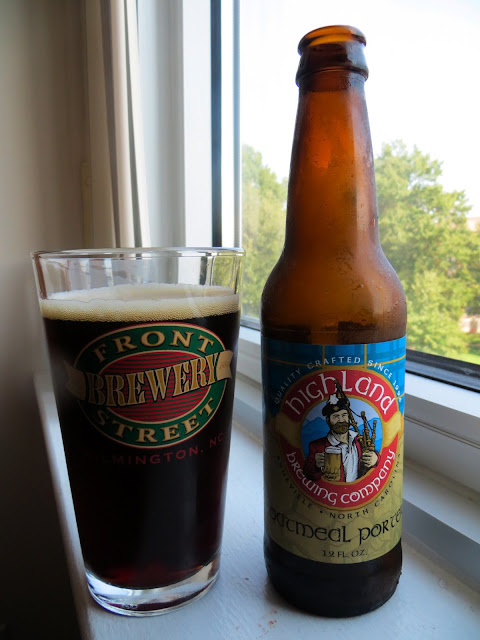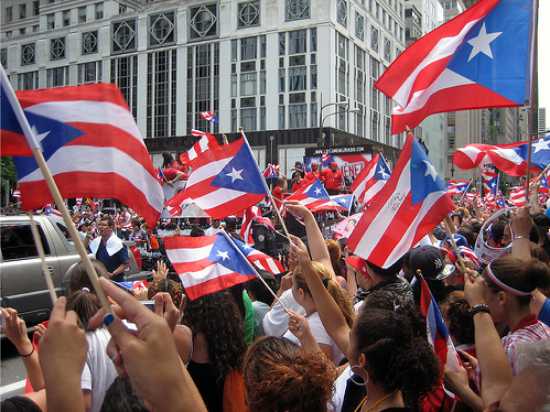Beer: Imperial
Brewery: Cerveceria Costa Rica, San Jose, Costa Rica
ABV: 4.6%
 |
| The glass provides a handy translation regarding its contents to the gringo turistas. |
Yesterday, us Yanks celebrated our Independence Day. Costa
Rica sort-of-kind-of has three independence days: first they said no más
to Spain (September 15, 1821), then to Mexico (July 1, 1823), and then they
finally split off from the United Provinces of Central America, which
apparently was a thing, on
March 21, 1847. Many Americans commemorated July 4th by drinking a
lot of bad domestic beer. Costa Ricans really only celebrate the first independence
day, September 15th, and I have no idea whether they drink a bunch
of bad beer to celebrate, but if they do, they’re probably drinking Imperial.
 |
| Costa Rican Independence Day celebrations: less beer, more cows. |
I have a theory as to why they only celebrate one of their
three independence days: for the sake of their health. Imperial is a
hyper-drinkable pale lager that, at a measly 4.6% ABV, can be consumed muy rápido.
I don’t want to know how spotty my liver would be if we celebrated The Fourth
of July three times a year.
It’s curious that the Crap National Lager of Costa Rica should
be named Imperial, when the three aforementioned dates represent the nation’s
escape from the imperial rule of three separate entities. Funny, too, that the
parent company that owns the Imperial
brewery and brand, something called Florida Ice & Farm Company, has also
started an empire of its own. While it already has a virtual monopoly on beer
in Costa Rica (it owns the other big brands in the country too, Bavaria,
Pilsen, and Rock Ice), it has made forays into the American market
by recently purchasing the Magic Hat Brewing Company in Vermont and the Pyramid
Brewing Company in Washington state. Reverse colonialism!
 |
| Eagles have long been a symbol of imperial herarldry, as seen here in the flag of Albania, a bottle cap for mediocre beer, and the coat of arms of Austria. |
Imperial’s business is also surely helped by the influx of
tourists that visit Costa Rica with colons
to burn. Approximately 2.2 million foreign visitors knew the way to San
Jose in 2011, making Costa Rica one of the most visited countries on
earth, pound-for-pound. Most crappy Latin American beers are available in the
States largely to serve the immigrant market, but there really isn’t a large
Costa Rican community anywhere in the U.S. because, shockingly, Costa Ricans
aren’t leaving Costa Rica; in fact, Costa Rica has the happiest population on
Earth, according to the people that study these things. So if
Imperial is selling in the States, it must be nostalgic tourists who are
buying, as well as curious schmucks like me.
 |
| Why are so many people going to Costa Rica? Because you can be in both of these places in the same day. |












































